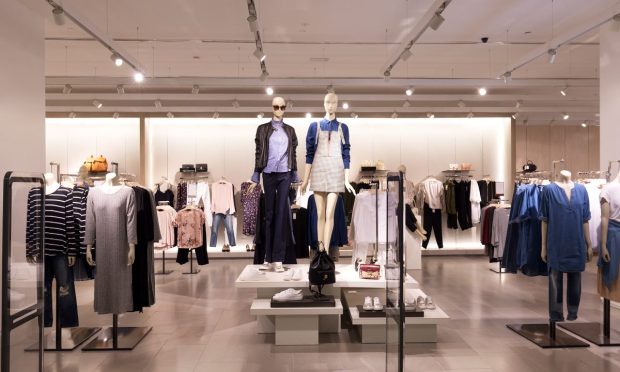The Smaller, Smarter ‘Store of the Future’ Trend Is Real

From mega malls riddled with vacancies and empty anchor tenant spaces, to giant stand-alone box stores in need of a refresh, to the realm of changed consumer expectations and shopping behaviors fueled by COVID, it would not be a stretch to say the retail industry is going through something at the moment.
While much has been said about the spurt of new dollar stores dotting the landscape and accounting for the majority of new store openings, a second retail real estate rethink is emerging alongside that which could potentially dwarf the rising tide of discounters.
Specifically, the embrace of the smaller, smarter, store-of-the-future trend is underway, and it carries benefits for consumers and retailers alike.
“We’re seeing this amazing experience where new store openings are outpacing store closures (and) we’re seeing new formats that are highly digitized, smaller in footprint,” the National Retail Federation tweeted Monday (April 4), citing a podcast appearance by Anjee Solanki, the head of U.S. retail at Colliers.
Not only is the rise of “non-traditional retail” happening, the NRF said, but it is being done so in a manner that is more welcoming and experiential.
“Retail that sparks the five senses,” Solanki told the NRF, pointing to the creation of memorable moments and connections that she referred to as “the sixth sense of a retail experience.”
Real Life Examples
These comments and industry observations come at a time when a growing number of retail brands aren’t just talking about changing physical retail, they’re walking the walk too.
“We are reimagining our stores for the future, [and] transitioning them to design centers and omni fulfillment hubs,” Williams-Sonoma CEO Laura Alber told investors last month, noting that digital was already 70% of its business.
“Our [544 physical] stores are a competitive advantage that supports our ecommerce growth [as] omnichannel customers spend 4 times more and 3 times as frequent than single channel customers,” Williams-Sonoma CFO Julie Whalen added, hammering home the enormous financial incentives that are embedded in the retail real estate upheaval.
In fact, this merchandising mind shift and the future of retail was framed as magic transcending massive inventory muscle, by former Club Monaco CEO Francis Pierrel in an interview with PYMNTS’ Karen Webster in November.
The 30-year industry veteran envisioned a new store model in which checkout is fast and seamless but everything else is slow, deliberate and consultative.
“It’s all about the experience,” Pierrel said. “It’s like if you put Chanel N°5 in a plastic bottle, you’ve lost the magic. It’s about the bottle. It’s about the packaging. It’s about experience,” he said, describing a process that is both curative and collaborative.
Tiny Targets, Mini Macy’s
To be sure, this small-minded way of thinking is still emerging but is hardly a new concept. That said, the process of converting a physical footprint involving 1,000-plus locations and leases into something new and different is not something that can just happen overnight.

Big-name players already embracing the go small movement include Target, which has made no secret of its plan to open more Tiny Targets. In fact, 96% of the new locations it opened last year were part of its small store strategy which puts curated little shops in urban neighborhoods and on college campuses.
Compared to its regular large box stores, Target’s small, pedestrian-friendly locations have gone as little as 13,000 square feet but on average run about three times that size.
Macy’s is another big store player liking the idea of little locations, as a way to get closer to customers but also to serve different needs more easily, such as in-store pickup and returns.
It’s a change the company referred to in January as the “next evolution” of physical stores which will see new locations opening that are about the size of a typical CVS.
“We’re incredibly excited about the new store growth potential that we see in off-mall [stores],” Macy’s CFO Adrian Mitchell said. “[A store] that’s in neighborhoods and power centers closer to where the customer lives, where the soccer game is, where work may be, where the grocery store is located, [that] is the next evolution in our physical footprint.”
